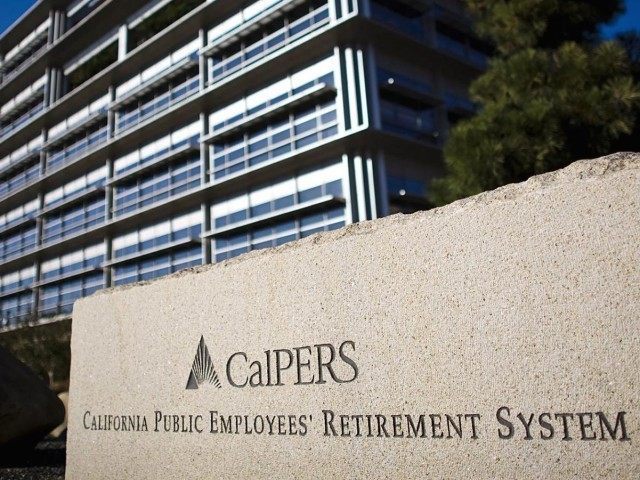The CalPERS Board voted to refuse California Gov. Jerry Brown’s modest demand to decrease their expected pension investment returns by a tiny 0.2% year, because the impact would have increased pension contribution costs by about $1.2 billion across nearly 800,000 employees–about $125 per month, on average.
Breitbart News reported that CalPERS admitted its pension was only 52% funded, the worst in the nation. The state public employee system also revealed its unfunded pension debt was $144.3 billion to cover the 1.6 million current employee and retiree pensions.
CalPERS’ annual review states that while most public pension plans are paying off “between 4 percent and 5.5 percent” of their unfunded pension liability each year, CalPERS “employers are generally paying less than the interest on the unfunded liability.”
The number of former government employees collecting a pension of at least $100,000 from the California Public Employee’s Retirement System (CalPERS) has grown by more than 1,000 percent from 1,841 to over 20,000 over the last decade.
The key to getting away with shoveling huge amounts of pension cash and luxurious health care schemes to California’s retired public employees is making the “assumption” that government will achieve consistently brilliant investment returns of 7.5 percent in each of the next 30 years.
Because the Congressional Budget Office and most other forecasters’ expect only a 2.0 percent long-term inflation rate, private sector pension plans and conservative states like Kansas make a 3 percent “assumption” that their investments will only somewhat outperform the inflation rate.
CalPERS’ assumption rate allows its Board to “plan” that each $1 invested over 30 years will grow to $8.75. But private pension plans and the State of Kansas only “plan” on each $1 invested growing over 30 years to $2.43.
As a consequence, CalPERS each year only requires its state and local “participants” to pay about 28 percent as much to fund its pension promises as Kansas would require. The lower cash charges have also been the key to “pension spiking” into the $100,000 club.
The CalPERS Board refused Brown’s modest reduction in investment return assumption, because it would have required the current $4.75 billion annual contribution to increase by $240 million for each of the next five years. CalPERS did agree to a 0.05% annual reduction in investment return assumption, because it will only require a $50 million increase in participant contributions each year.
But if the CalPERS Board adopted the State of Kansas’s conservative 3 percent forecast, the unfunded liability would jump to $518 billion and the annual pension payment would skyrocket to $17 billion.

COMMENTS
Please let us know if you're having issues with commenting.